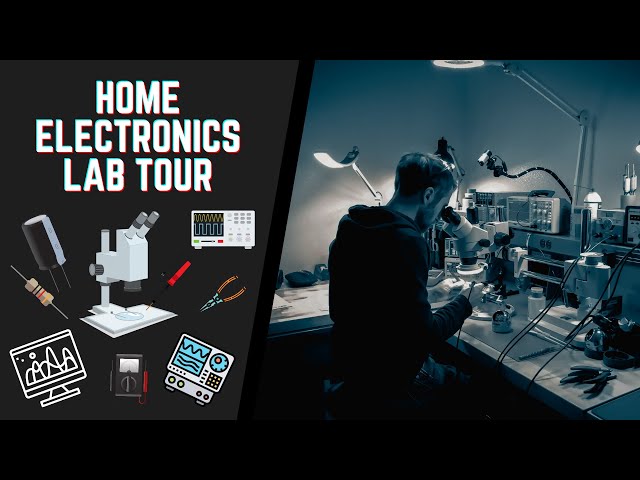In the realm of electronics, the most common and indispensable component that forms the backbone of modern technology is the integrated circuit (IC). This article aims to explore the various aspects of integrated circuits, their significance, and their widespread usage across industries. From consumer electronics to aerospace, the versatility and reliability of integrated circuits have revolutionized the way we live and interact with technology.
- Understanding Integrated Circuits:
Integrated circuits, often referred to as microchips or simply ICs, are miniature electronic circuits fabricated on a small semiconductor wafer. These circuits consist of interconnected electronic components, such as transistors, resistors, capacitors, and diodes, all etched onto a single chip of silicon. The integration of these components onto a single chip enables complex functionality and compactness. - The Role of Integrated Circuits in Electronics:
Integrated circuits serve as the building blocks for electronic devices, enabling the creation of compact and efficient systems. They are the heart of microprocessors, memory chips, and other essential components found in computers, smartphones, and tablets. Additionally, integrated circuits are crucial in telecommunications, automotive systems, medical devices, and even household appliances. - Types of Integrated Circuits:
a. Digital Integrated Circuits: These circuits process discrete binary signals, representing on or off states. They form the basis of digital electronics, enabling operations like arithmetic calculations, logic functions, and data storage.
b. Analog Integrated Circuits: Analog circuits process continuous signals, allowing for functions such as amplification, filtering, and modulation. They are vital in audio and video equipment, as well as in sensors and control systems.
c. Mixed-Signal Integrated Circuits: These circuits combine both digital and analog components, facilitating the seamless integration of digital processing with real-world signals. They are commonly found in applications like data converters, wireless communication systems, and power management.
- Advancements and Trends:
a. Miniaturization: Integrated circuits have witnessed a remarkable trend of miniaturization, with the number of transistors doubling approximately every two years, as predicted by Moore's Law. This trend has led to the development of more powerful and energy-efficient devices.
b. System-on-Chip (SoC): SoC integration involves incorporating multiple functions onto a single chip, including processors, memory, and peripherals. This approach has revolutionized the design and manufacturing of electronic devices, enabling enhanced performance and reduced power consumption.
c. Internet of Things (IoT): The proliferation of IoT devices has fueled the demand for integrated circuits that can handle diverse data processing and connectivity requirements. ICs designed for IoT applications often prioritize low power consumption, wireless communication, and sensor integration.
Conclusion:
The integrated circuit stands as the most common circuit used in electronics, serving as the foundation for countless technological advancements. Its ability to integrate complex functionality into a compact form has transformed industries and revolutionized our daily lives. As technology continues to evolve, integrated circuits will undoubtedly play a pivotal role in shaping the future of electronics, enabling innovations that we can only imagine today.

